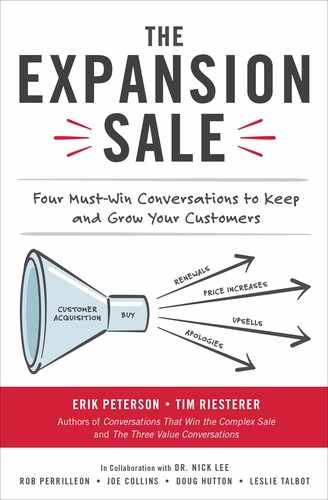Research Note
One thing that’s always struck us about much academic research is that it’s, well, academic. Researchers tend to study the most readily available subjects, which tend to be graduate students, gamblers, and convicts. While that might be great for getting access to a captive audience (no pun intended), we had to wonder how “real world” the results really are. What’s the use of doing B2B research if you’re not tapping a B2B research subject pool?
That’s why, throughout this book, you’ll see that our study results report on simulations conducted with actual businesspeople, including executive buyers. You know, the people you actually want to become your customers!
In addition, we’re very much proponents of decision-making science. There’s a lot that’s been written about the “best-practices” approach to research. But that means you’re starting with a built-in bias around what the “right” answer is. One thing we have learned from our research is that the right answer is often the most counterintuitive answer. Starting with an ideal of what a best practice is will skew that perspective.
Best practices also are inherently “lagging practices.” It can take years to identify something as a best practice, and by that time, it’s a common practice. Best pracviiitices also suffer from being inherently company-centric and regional. Decision science, on the other hand, is completely focused on the buyers and their behavior. And it’s also timeless and globally applicable.
Finally, although you see we do use some industry surveys in our research, we don’t rely on those surveys to generate results. For us, surveys are simply one window into the customer’s current thinking. In fact, one thing we know is that there’s often a gap between what people say they believe (“declared preferences”) and what they actually do (“revealed preferences”). Within that gap is where some of our most startling, counterintuitive results originate—and that’s what our scientific simulations aim to uncover.
Of course, we owe a tremendous debt of gratitude to our research partners, Dr. Nick Lee, a coauthor of this book, and Dr. Zakary Tormala, who participated in some of the early research studies around retention and renewal:
• Dr. Nick Lee is Professor of Marketing at Warwick Business School in Coventry, UK. He has spent nearly 20 years drawing from social psychology, cognitive neuroscience, economics, and philosophy to develop insights into salespeople and selling.
• Dr. Zakary Tormala is a social psychologist with expertise in the areas of messaging and persuasion. He was contracted by Corporate Visions to create this research, conduct the experiments, and help ensure academic rigor and empirically valid results. Dr. Tormala is a professor at the Stanford Graduate School of Business.
